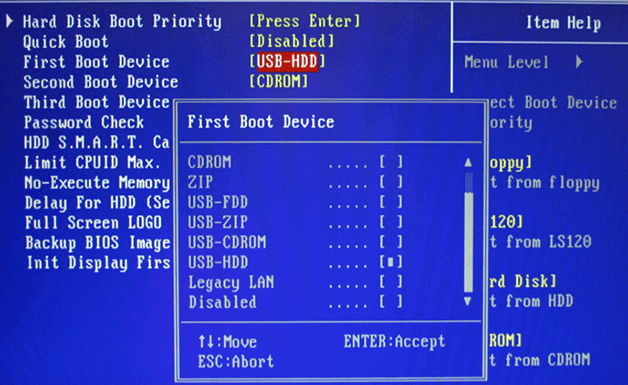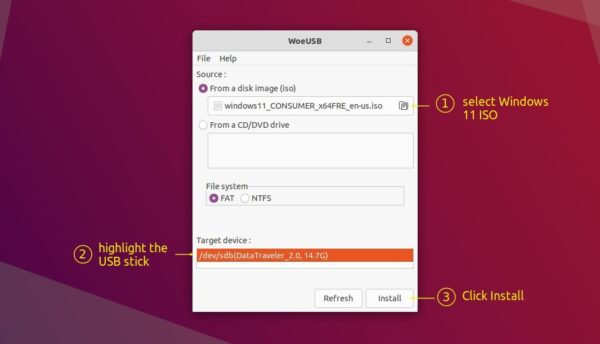

You can try to play games on Mac by cloning the Windows computer games to a USB drive, or an SSD for better gaming performance. When you try to replace a Windows PC with a Mac, you want to continue playing Windows games on Mac without reinstalling. Can you use the office computer's operating system on the home laptop? Yes, you can if you create a bootable USB drive for the office computer's operating system along with the installed programs and working materials. You work with a Windows 11 desktop in the office, but a Windows 10 laptop at home. It sounds impossible for old devices to get the new upgrade, right? Things can be totally different if you got a Windows 11 portable USB drive because you can run Windows 11 from the bootable drive on any of your lower-configured devices. Despite that Microsoft offers users Windows 11 free upgrade from Windows 10 by joining in the Windows Insider Program, it requires a minimum hardware requirement like UEFI secure boot, TPM 2.0, and at least 64GB free space on your system drive. Installing Windows 11 on a computer is full of challenges. I also used my trusty label maker to mark it as the “BOOT” drive.In the beginning, we list three scenarios that may require a Windows 11 portable USB drive, which is using a special way to clone a Windows 11 computer to a removable disk like a tiny USB flash drive or a bigger external HDD/SSD. It’s more convenient to have both ports, and if I’m working on a PC at someone else’s home, I don’t have to remember to bring adapters.

The important feature for me is that it has both USB Type-A and USB Type-C connectors - I use a mix of new and old computers, some of which only have the older Type-A, and some that only have the newer Type-C. I didn’t have a spare flash drive already, so I ended up purchasing a 256 GB SanDisk Dual Drive Go, which happens to be one of our picks for the best USB flash drive. Storage capacity is also important, as we’re now long past the era of install media fitting on a 700MB CD-R - the Windows 11 installer is over 5 GB.

If you have an old or cheap flash drive with poor read and write speeds, then it can take longer to boot up and perform installations. Two factors matter the most for turning a USB drive into a boot drive: performance and storage capacity.


 0 kommentar(er)
0 kommentar(er)
